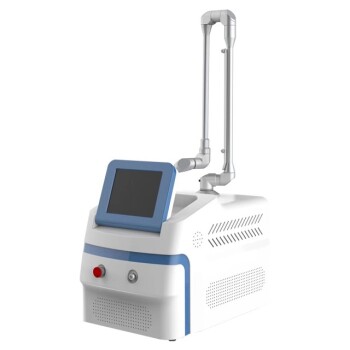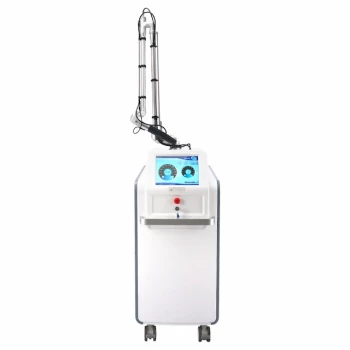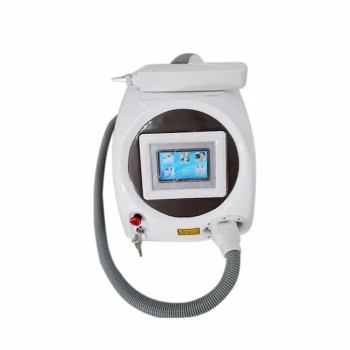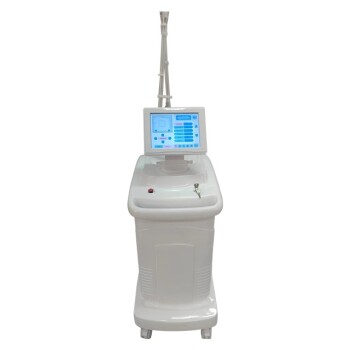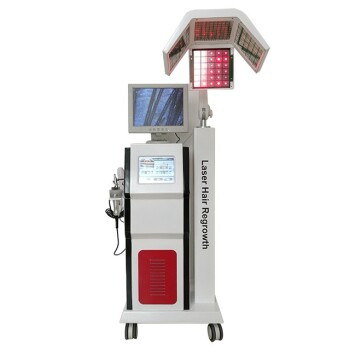While generally safe and effective, the primary disadvantages of Pico laser treatment are the potential for adverse side effects, the significant financial cost, and the requirement for multiple sessions to achieve desired results. The most common side effects include temporary redness, swelling, and sensitivity, but more serious risks like pigmentary changes (darkening or lightening of the skin) and, rarely, infection can occur, especially if the treatment is not performed by a qualified expert.
Pico laser technology is a powerful tool, but it is not a magic eraser. Its main drawbacks lie not only in the immediate post-treatment side effects but also in the practical realities of cost, time commitment, and the critical dependence on practitioner skill to avoid undesirable outcomes.
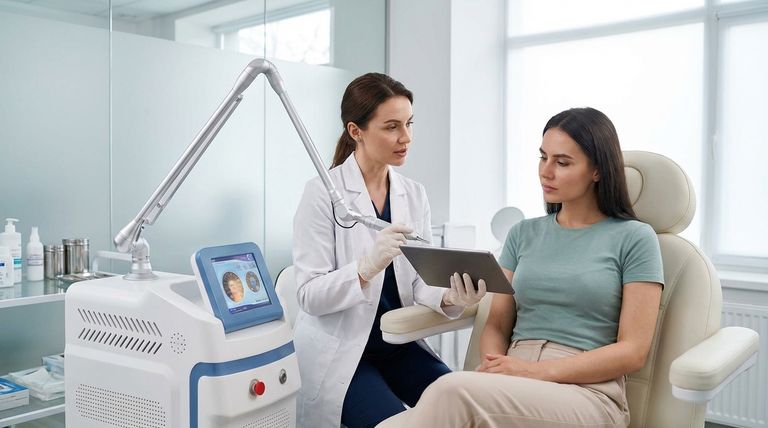
Immediate Side Effects and Recovery
Every medical procedure has a recovery phase, and Pico laser is no exception. While often marketed for its minimal downtime compared to older lasers, it's crucial to understand what is normal and what is a cause for concern.
Redness, Swelling, and Sensitivity
Immediately following a session, it is normal to experience redness and swelling in the treated area, similar to a mild sunburn. The skin will also be sensitive to the touch. These effects typically subside within a few hours to a couple of days.
Pain and Discomfort
The treatment itself is often described as a series of fast, hot snaps against the skin, like a rubber band. While a topical numbing cream is usually applied beforehand, some level of discomfort is expected during the procedure.
Risk of Infection and Blistering
Though uncommon, the laser creates a controlled injury in the skin, which carries a risk of infection. Signs include increasing pain, pus, or excessive swelling. Following your practitioner's aftercare instructions, such as keeping the area clean and dry, is critical to prevent this. Blistering can also occur, particularly in tattoo removal, and should not be picked at to avoid scarring.
Understanding the Clinical Risks and Limitations
Beyond the immediate and temporary side effects, there are more significant clinical risks and limitations that depend heavily on your skin type and the skill of the person operating the laser.
Post-Inflammatory Hyperpigmentation (PIH)
One of the most significant risks, especially for individuals with darker skin tones (Fitzpatrick types IV-VI), is post-inflammatory hyperpigmentation. This is a condition where the treated skin becomes darker than the surrounding skin as it heals. It occurs when the laser energy inadvertently stimulates melanin-producing cells, and it can be difficult to treat.
Hypopigmentation
The opposite risk is hypopigmentation, where the laser destroys too much melanin, causing the treated skin to become permanently lighter than the surrounding skin. This is a more challenging complication to reverse and underscores the importance of using the correct laser settings for a patient's specific skin type.
Inconsistent or Incomplete Results
Pico laser is not a one-time fix. Whether for pigmentation, acne scars, or tattoo removal, multiple sessions are always required. Furthermore, results are not guaranteed. The effectiveness can be limited by the depth of the pigment, the age of the lesion, or the specific colors of ink in a tattoo (e.g., yellow and white inks are notoriously difficult to remove).
The Practical Disadvantages: Cost and Commitment
The decision to proceed with Pico laser treatment also involves practical considerations that can be significant disadvantages for many people.
The Financial Investment
Pico laser is a premium technology, and the cost reflects that. A single session can be expensive, and since a series of treatments is necessary, the total cost can become substantial.
The Requirement for Multiple Treatments
Most treatment plans involve anywhere from 3 to 10 sessions, spaced 4 to 8 weeks apart. This represents a significant time commitment and requires patience, as the full results will not be visible for many months.
The Critical Role of Practitioner Skill
The outcome of your treatment is highly dependent on the operator. An experienced, board-certified dermatologist or plastic surgeon understands the nuances of laser physics, skin types, and how to adjust settings to maximize effectiveness while minimizing risk. An inexperienced provider significantly increases your risk of all the adverse outcomes mentioned above.
Making an Informed Decision
Understanding these disadvantages is the first step in determining if Pico laser is the right choice for you. Your decision should be based on a clear-eyed assessment of the potential risks, costs, and benefits relative to your specific goal.
- If your primary focus is pigmentation (melasma, sun spots): Be aware of the risk of PIH and ensure your provider has extensive experience treating your skin type.
- If your primary goal is tattoo removal: Be prepared for a long and costly process, and understand that complete removal may not be possible for all ink colors.
- If you have a darker skin tone: Your risk of pigmentary changes (both PIH and hypopigmentation) is higher, making the choice of a highly skilled expert absolutely non-negotiable.
- If your budget is a major constraint: Calculate the total potential cost over a full course of treatment, not just the price of a single session.
Knowing the potential downsides empowers you to ask the right questions and partner with a qualified expert to achieve a safe and successful outcome.
Summary Table:
| Disadvantage Category | Key Considerations |
|---|---|
| Side Effects & Recovery | Redness, swelling, sensitivity, pain, risk of infection/blistering. |
| Clinical Risks | Post-inflammatory hyperpigmentation (PIH), hypopigmentation, inconsistent results. |
| Practical Considerations | High total cost, multiple sessions required, critical dependence on practitioner skill. |
Achieve Safe, Effective, and Superior Results with Professional Equipment
Understanding the risks of Pico laser treatment highlights the importance of using advanced, reliable technology under expert care. The outcome is highly dependent on the practitioner's skill and the quality of the equipment they use.
BELIS specializes in providing professional medical aesthetic equipment to medical aesthetics clinics and premium beauty salons. Our advanced laser systems are engineered for precision, safety, and consistent results, helping qualified professionals minimize risks and maximize patient satisfaction.
Partner with BELIS to empower your practice:
- Enhance Treatment Safety: Utilize equipment designed with advanced safety protocols for various skin types.
- Improve Clinical Outcomes: Achieve more predictable and effective results for your clients.
- Build Client Trust: Invest in technology that supports your reputation for excellence and care.
Ready to invest in equipment that prioritizes patient safety and delivers exceptional outcomes? Let our experts help you choose the right technology for your clinic's needs.
➡️ Contact the BELIS team today for a professional consultation
Visual Guide

Related Products
- Pico Picosecond Laser Machine for Tattoo Removal Picosure Pico Laser
- Pico Laser Tattoo Removal Machine Picosure Picosecond Laser Machine
- Hydrofacial Machine with Facial Skin Analyzer and Skin Tester
- Hydrafacial Machine Facial Clean Face and Skin Care Machine
- Q Switch Nd Yag Laser Machine Tattoo Removal Nd Yag Machine
People Also Ask
- Who is suitable for Pico laser? A Guide for Tattoo Removal, Pigmentation & Acne Scars
- How much should a Pico laser cost? A Clear Breakdown of Pricing Factors
- How many sessions of Pico laser do you need to see results? A Realistic Timeline for Your Skin Goals
- What is pico fractional laser good for? Rebuild Your Skin from Within
- How much does it cost to do pico laser? A Clear Breakdown of Pricing Factors
